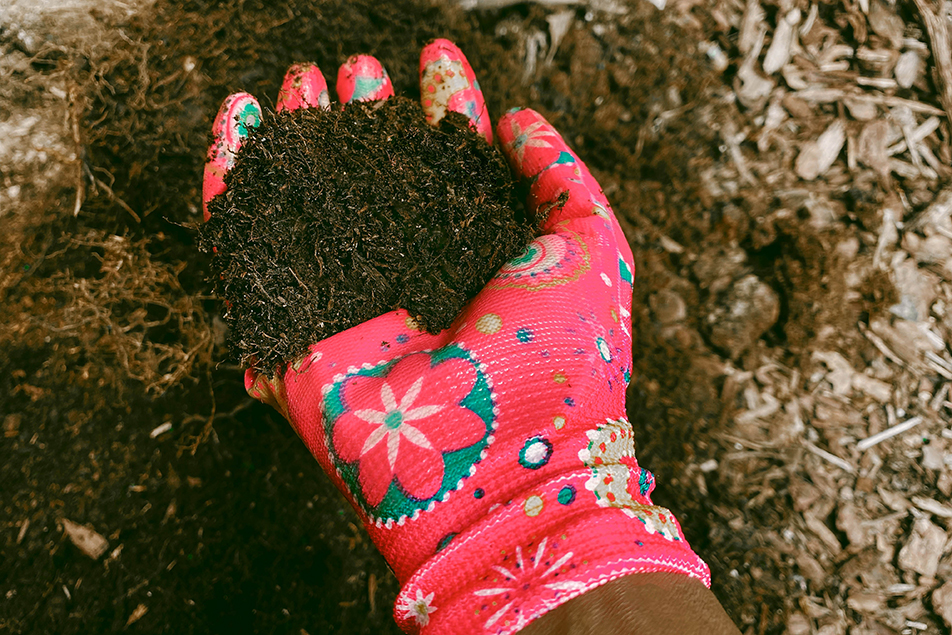
This post was written by Camille Schuelke, B.T., Greenhouse Farmer, Parkview Community Greenhouse.
Gardening season is here, and now is the time to get your soil and plants ready. Preparing your garden properly is one of the most important things you can do. If the soil in your plot has everything it needs to nourish the plants, then you’re more likely to have a healthy, bountiful garden. Think of it like this, as humans, if we give our bodies all the vitamins and nutrients it needs, we’re less likely to get sick. It’s the same with plants. To get started, let’s explore a list of the most important things you can do to prepare your garden:
- pH
- Soil amendments
- Microbes and worms
- Fertilizers
Checking the pH of your soil
The first step in preparing your garden is to take a soil sample to your local agricultural testing laboratory. Not sure how to collect a soil sample? No problem, most places have directions and information on their websites.
Checking the pH of your soil usually costs anywhere from $20-40. The test will tell you the pH levels and nutrients of your soil along with any recommendations. Most labs will recommend that you lower your pH because most vegetable plants prefer a pH of 6.2-6.5. In our area of Northeast Indianan and Northwest Ohio, our soil pH tends to be 6.9 and water sources can be anywhere from 8-9pH. Lowering your pH can be accomplished by adding soil amendments.
Soil amendments
Soil amendments are materials that you can work into your soil to help enhance the soil’s physical properties. Soil amendments help by adding tilth or “fluffiness” to your soil, allowing the plants’ roots to breathe (yes, the roots need air too!). They also assist with drainage, water retention and feeding soil microbes and worms. A few examples of soil amendments that could lower your pH include Canadian peat moss, sulfur and coffee grounds.
Canadian peat moss and sulfur can be found at any garden store or garden center. Compost is also a great ingredient to add to your soil, but it usually has a pH of 7 so if you choose to add compost to your garden it may be a good idea to mix it with some pH lowering amendments or wait to incorporate it into your plot until the fall.
Microbes and worms
Soil microbes and worms help break down the nutrients in the dirt so the plants can consume them. Worms also help to add tilth to your soil. Their droppings or “castings” provide tons of nutrients for the plants too. If you’re looking for a fun family activity, try collecting worms and then adding them to your garden!
Fertilizers
The final step of preparing your garden is adding your fertilizers. If you had your soil tested at a lab, we suggest following their recommendations. If you didn’t, a good rule of thumb is to add any complete fertilizer (N-P-K with other macros) but be sure to follow the instructions on the label.
Finally, after you’ve added your amendments and fertilizer, but before you add your worms, it’s time to till your soil or turn it over, but be sure to use a shovel if you have a raised bed. This will help ensure everything is evenly incorporated and deep enough for the plant roots. It’s best to till or turn your soil 3-4 times depending on the tilth of your soil or if you’re tilling an area for the first time.
Happy gardening, everyone!



